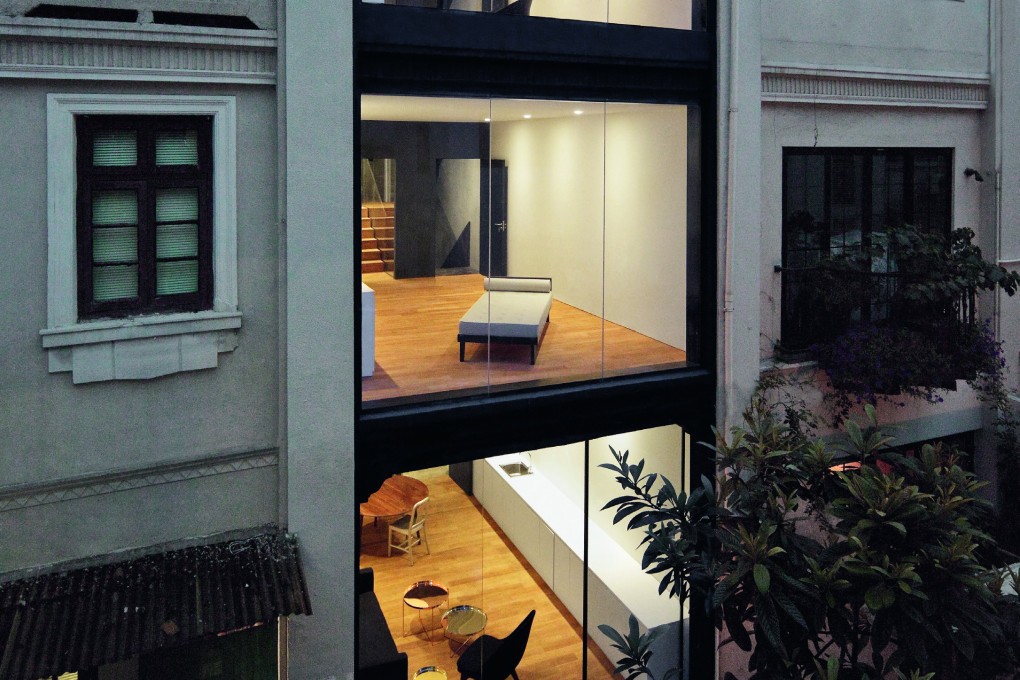Why design couple value vernacular architecture, their ‘surgical’ adaptation of old buildings in China and elsewhere, and the ideas that underpin it
- Lyndon Neri and Rossana Hu founded architecture practice Neri&Hu in 2004 in Shanghai, where they were shocked to see how disposable old buildings had become
- Their appreciation of the value of vernacular architecture, and work that connects the old and the new, is explained in their latest book

Lyndon Neri and Rossana Hu, the duo behind Neri&Hu, published their first book four years ago. It documented the first 10 years of their architectural practice, which they founded in Shanghai in 2004. “But it was kind of anticlimactic,” says Neri.
A publication delay meant that it had already missed several years of evolution in the duo’s work by the time it came out. It also missed a pivotal moment in China, which had developed an appetite for thoughtful, sophisticated architecture after years of rampant economic growth.
And so the architects got to work on a new book, Thresholds: Time, Space and Practice (Thames and Hudson). It is an ambitious attempt to capture the intellectual currents that course through Neri &Hu’s work, which encompasses architecture, interior design, products and branding.
The book includes essays by other architects, among them Pritzker Prize winner Rafael Moneo and Harvard professor Sarah M. Whiting, who offer succinct analyses of exactly what it is that makes the Shanghai firm’s work so interesting. Whiting describes it as a “doubled blackjack bet”, combining seemingly contradictory concepts like “future artefacts” and “inhabitable strata” in spaces that raise more questions than they answer.
Most architects like the idea of tabula rasa, starting from scratch But Rossana and I do not always believe in that.
Heady stuff – but the book’s photo spreads, diagrams and illustrations make it easy to appreciate why Neri&Hu have earned international acclaim over the past 15 years.